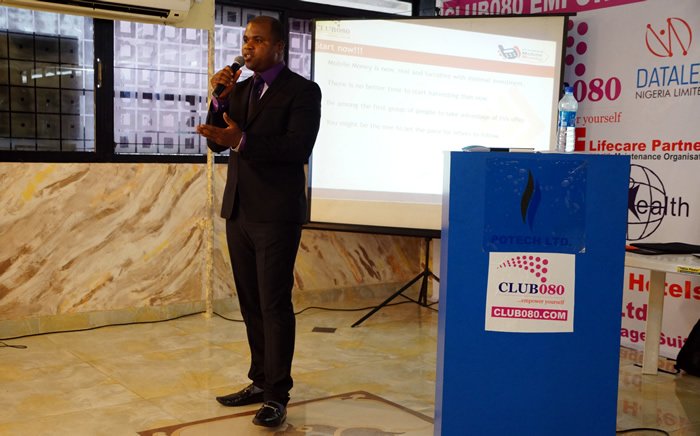- Data consistency boundaries (like aggregate roots)
- Use case boundaries (with a CQRS model)
Or maybe both at the same time.
- Give a free day to do whatever they want to a developer, or a pair, every week / two weeks.
- Rotate people routinely, optimize offboarding/onboarding on teams.
- Promote a culture around empathy, fight the fear of failures and celebrate learnings.
- understand the value they generate and enable opportunities.
- are scalable and ready to change.
- are happy and accountant of their learnings and failures.
- own and measure business outcomes and metric trends.
Thanks for reading this long thread!













